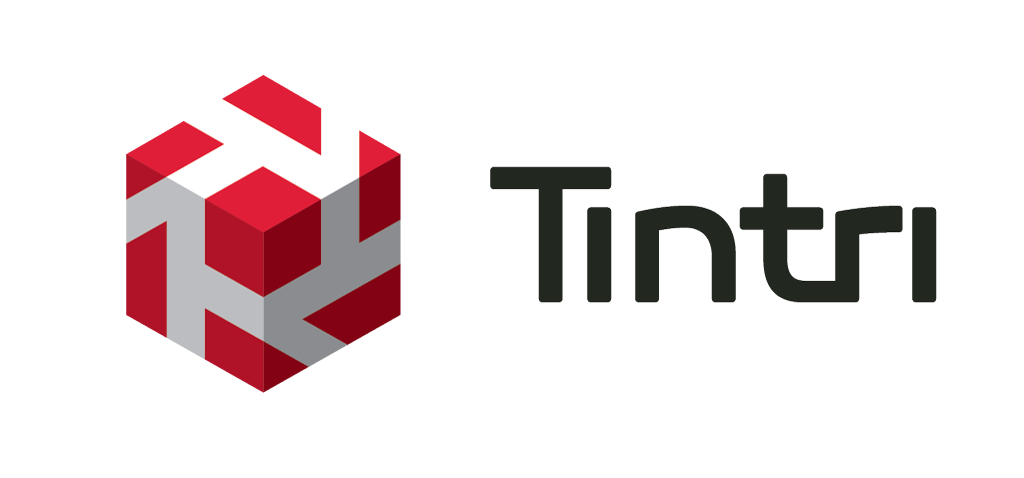Simplicity of Management and User Experience
The complexities associated with managing NAS and SAN storage systems were introduced into a construct that was supposed to consolidate and simplify management of server infrastructure; instead, the opposite happened.
One of the core tenants of VMware upon its introduction to the mainstream was the simplification of infrastructure management, most notably surrounding centralizing the management of servers. But when it made the decision to support NFS, FC, and iSCSI, it created a need for every server admin to become a storage expert.
This also shifted responsibilities, seemingly overnight, in the datacenter. All of a sudden, the storage teams and server teams couldn’t operate independently anymore. They had to communicate changes effectively, as the entire server infrastructure now lived (in many cases) upon a single storage system, as mass consolidation took hold.
Tintri recognized this need, and set out to build a box that required no upfront configuration, removing all-things “storage” with pre-configured and immutable standards, allowing IT server admins and “generalists” the ability to manage their own storage specific to their virtual environment, and removing the communication gap between server and storage teams.
Over time, support for additional hypervisors has been added. The current supported list:
- VMware vSphere
- Microsoft Hyper-V
- Citrix XenServer
- Red Hat Enterprise Virtualization (RHEV)
- OpenStack
One or many hypervisors from this list are supported and can be managed from a single interface within Tintri without requiring a splitting of the array into dedicated capacity for each hypervisor. All VMs from each hypervisor live within the same Tintri file system, which presents itself as NFS to most hypervisors and SMB3 for Hyper-V.
This approach builds upon a standard of simplicity and allows the addition of more hypervisors and additional storage abstractions within the same file system. Additional protocols can be added on top to communicate between the file system and other hypervisors.
An example of this potential is Tintri’s support for containers, which is another abstraction sitting on the file system. In the future, support for Persistent Volumes will be added. This is the storage needed by containers to remain intact as they are turned on and off, and created and destroyed.
This provides the ability to support any container ecosystem, including bare metal, where the ephemeral storage such as OS and applications is held on local storage within the container itself, and application data is held within the persistent volume for future containers to use. For now, Tintri uses iSCSI as the protocol of choice, but this is just another protocol like NFS or SMB3 that communicates with the file system.
In addition, extensibility affords Tintri admins a native experience using plugins within VMware vCenter via the Web Client plugin, and Microsoft Hyper-V using the SCVMM plugin.
Tintri VMstore is designed from the ground up for virtualized environments and the cloud. Global enterprises have deployed hundreds of thousands of VMs on Tintri storage systems; they run Microsoft SQL Server, Exchange, SharePoint, SAP, virtual desktop infrastructure (VDI) workloads, and business-critical applications such as Active Directory and private cloud deployments.
VMware vSphere
Deploying storage into a virtual environment should be a straightforward process. Tintri VMstore is designed so that IT administrators with a working knowledge of vSphere can successfully deploy Tintri’s purpose-built VM storage as easily as ESX/ESXi Server.
Tintri VMstore’s approach automatically ensures every VM gets the performance it needs. Expanding storage is simple, as each VMstore appliance appears as an additional, high-capacity datastore in VMware vCenter. This makes it easy to scale and manage each node as part of a VMware Storage DRS cluster, and eliminates any risk of downtime.
Tintri VMstore also delivers extreme performance and VM density, and a wide variety of powerful features, which are seamlessly integrated with vSphere. Examples include snapshots, clones, instant bottleneck visualization, and automatic virtual disk alignment. Tintri VMstore extends and simplifies the management of VMs through an intrinsic VM awareness that reaches from the top of the computing stack all the way down into the flash (SSD) and disk (HDD) drives.
Hyper-V
With native Microsoft Server Message Block (SMB) 3.0 implementation, Tintri VMstore is also optimized for Hyper-V, providing superior performance and reliability. The purpose-built SMB 3.0 stack on Tintri VMstore supports key functionalities, including Transparent Failover and High Availability (HA), for running enterprise workloads.
Through native integration with Microsoft System Center Virtual Machine Manager (SCVMM) and Hyper- V, Tintri offers VM-level visibility and control, offering millions of Microsoft customers a dramatically simplified experience to virtualize business-critical Microsoft enterprise applications and desktops. It also accelerates private cloud deployments.
Support for SMB 3.0 functionality, such as Offloaded Data Transfers (ODX), creates efficient resource utilization, allowing users to experience the efficiency of Tintri per-VM cloning technology directly from SCVMM.
